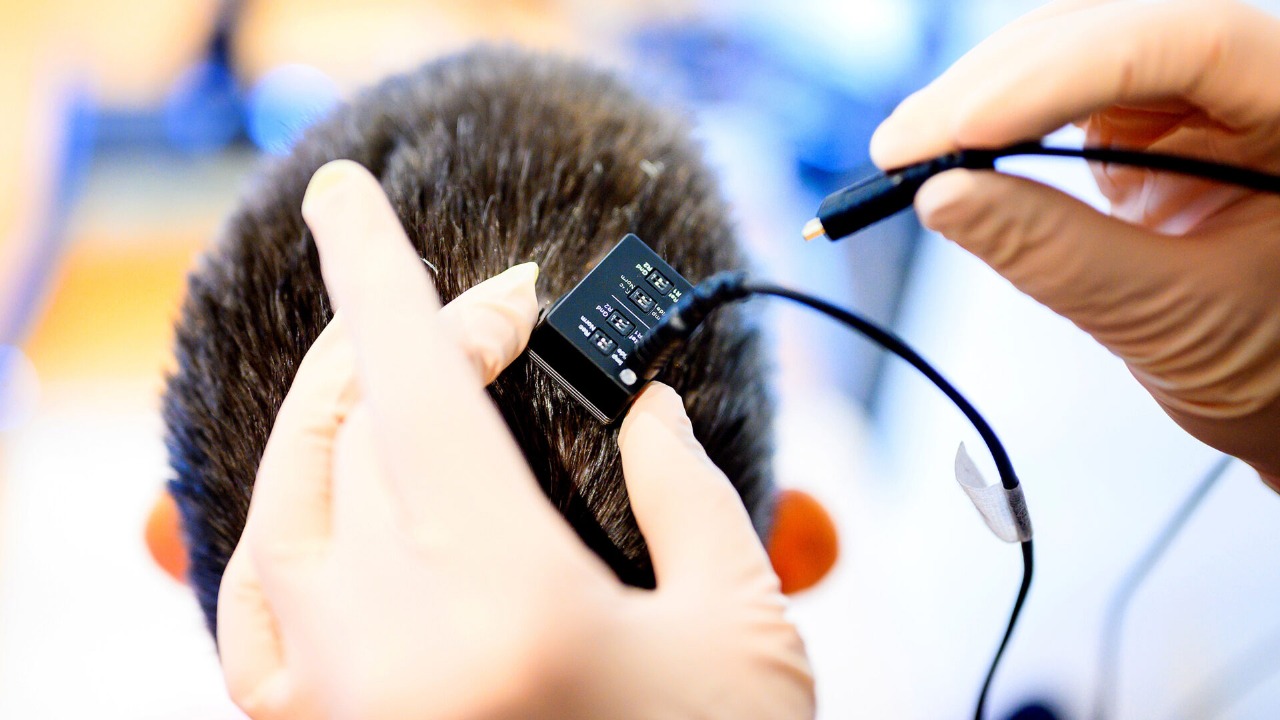 Image Source: National Institutes of Health
Image Source: National Institutes of Health
A team at UC Davis has pulled off something remarkable: they’ve helped a man with ALS speak and even sing again using a brain-computer interface (BCI). This is the first time a system like this has worked in real time, allowing for back-and-forth conversation without awkward pauses.
Here’s how it works. Doctors implanted four tiny electrode arrays into the part of the brain that controls speech. When the man tries to talk, the device picks up those brain signals and sends them to a computer. Advanced AI software then translates those signals into spoken words almost instantly—about as fast as natural conversation.
What’s really impressive is that this system doesn’t just spit out robotic words. It lets the user change tone, ask questions, and even sing short tunes. The team trained the AI using recordings of the man’s voice from before he lost the ability to speak, so the synthetic voice actually sounds like him.
For people with ALS or similar conditions, this could be life-changing. Instead of relying on slow, text-based communication, they could have real conversations and express themselves more fully. Right now, the technology has only been tested with one person, but the results are promising and could open doors for many others in the future.
Sources: India Today, Laughing Squid, The Outpost AI
Advertisement
Advertisement




